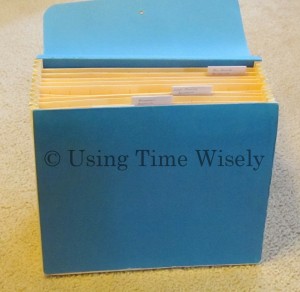 In using time wisely to organize important documents, I find this process rewarding. When I am confused or not sure of how a document or process works, I spend time wondering if I will miss a deadline or an opportunity to benefit my family.
In using time wisely to organize important documents, I find this process rewarding. When I am confused or not sure of how a document or process works, I spend time wondering if I will miss a deadline or an opportunity to benefit my family.
I am a thorough researcher. Finding the answers to my questions is like a puzzle. Some of the pieces join neatly while others need to be flipped and turned to fit into the unified whole. As I discover nuggets of answers, the big picture comes into focus with a clarity and understanding of the subject.
This research process led me to understand a portion of U.S. Treasury Savings Bonds. Though I am far from an expert, I can suggest resources to guide you to a deeper explanation of these investment vehicles.
Obtaining my U.S. Treasury Savings Bond
When my grandfather passed away over 20 years ago, my grandmother gifted each grandchild a $100 U.S. Savings Bond issued from the Treasury department. This bond was issued from a local bank in my maiden name using my social security number and address at the time of issuance.
My series EE bond earns 4% interest and increases in value every 6 months since it was issued prior to 1997. It will reach maturity at 30 years at which time I will redeem it.
Valuing my U.S. Treasury Savings Bond
As my bond is still earning interest, I found this Savings Bond calculator helpful. By plugging in the information, I can check the current rate and value.
Redeeming my U.S. Treasury Savings Bond
In the month of issuance at the 30th year, I will cash in my series EE U.S. Savings Bond. If I cannot find a local financial institute to help, I will contact the Federal Reserve.
Additional U.S. Treasury Savings Bond Resources
Limiting this post to the Series EE U.S. Treasury Savings Bond, I realize that there are other types of government investments. As I have not researched those options, I offer the following resources to help you find the answers you need regarding purchasing, redeeming, and learning.
With my U.S. Savings Bond still earning interest, I keep it tucked inside its original sleeve and housed within the fourth file opening under the investment category of File Box 3. When my bond reaches its maturity date, I can easily access it from this file to redeem it.
Weekly Project: Place all government bonds within your investment category.
In using time wisely, keep your documents together. If you find a valuable website or specific information key to your investment, then note that information and file it with your bonds. I keep a sticky note with the issuance date and maturity date on top of the envelope.
Keep organizing. Go at your own pace and enjoy the benefits of an organizational system that works for you. Happy organizing!
Question: Do you have any government bond investments?